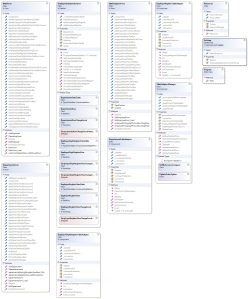

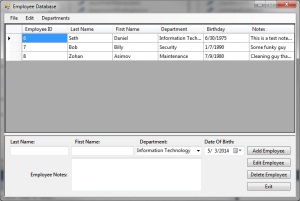
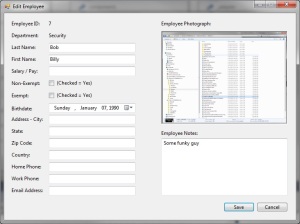

Hello again. I’ll be expanding more on using a database with C# .NET with this project. Again this program is meant for a small company since it’s using an Access Database to store the data. I’ll be putting out an SQL version at a later time for bigger companies that might have data bigger than 2GB.
I’ve been working on an employee database for a client. This is the “almost finished” version of it. I didn’t really want to wait and put the final product up on this blog because of all the little details gone into it so far. I’ll make another post later on with the finished product.
In the program you have the ability to track employee information such as employee ID, what department they’re in, first/last name, salary, address, state, zip, etc.., along with some other items you can see from the screenshots below. You can also edit employee information after it’s been entered along with a drag and drop feature for an employee photo.
You also have the ability to track the various departments in your company. The last piece I was talking about earlier is the ability to edit the departments after they’ve been entered. This is the last piece I have to get working. The client didn’t need this particular functionality, however, it’s something I will include in the final piece.
Remember you can download the source to this program or the actual program itself on my downloads page.
Cheers
Tails8
Continue reading →












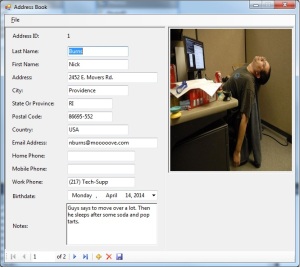
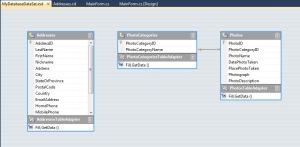


You must be logged in to post a comment.